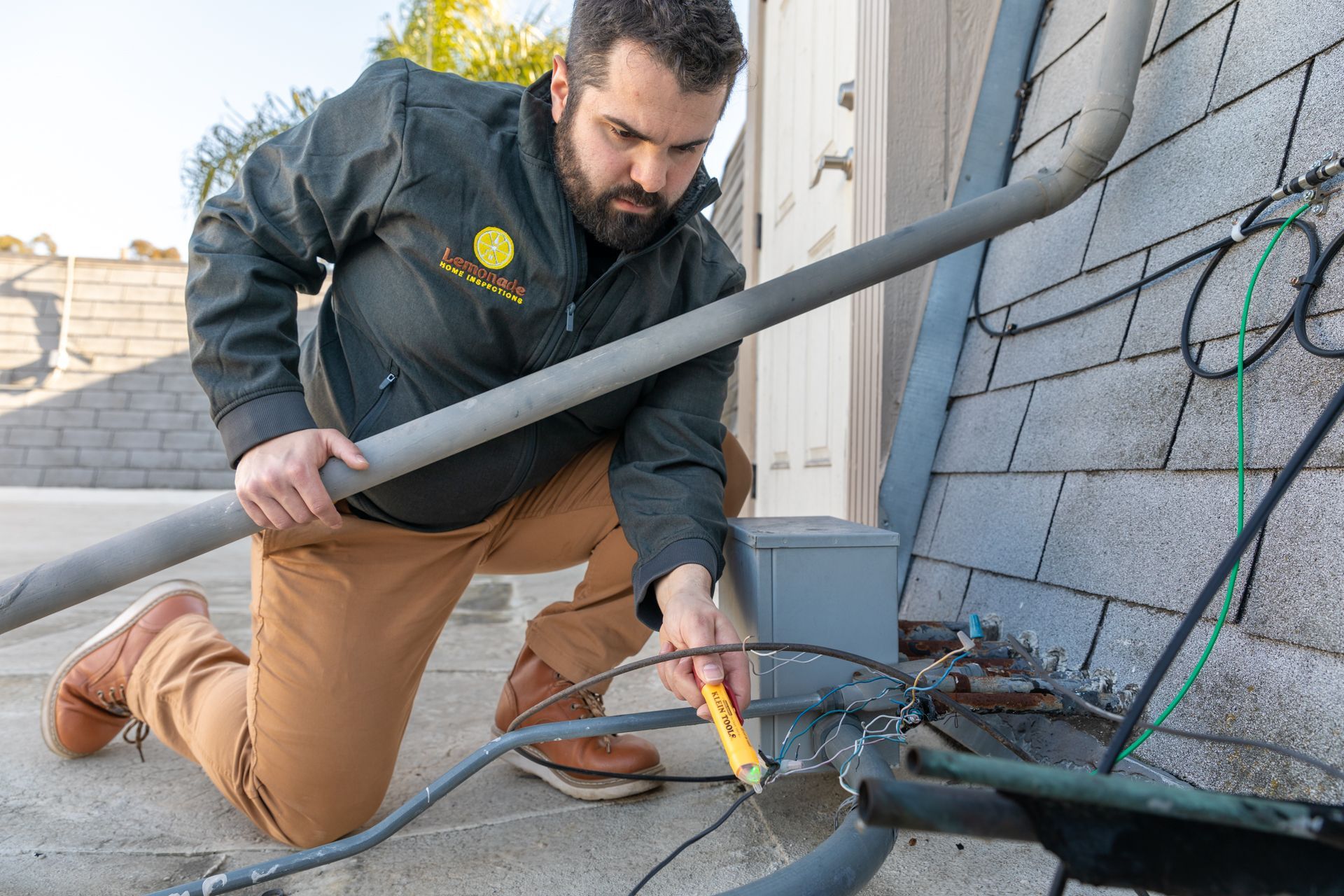When preparing to sell your home, you want to ensure the process goes as smoothly as possible and that you get the best possible price. One often overlooked but highly beneficial step is conducting a pre-listing home inspection. In this blog post, we'll explore the importance of pre-listing home inspections for sellers and how they can give you a competitive edge in the real estate market.
Identifying Issues Before They Become Buyer Objections
A pre-listing home inspection allows you to identify potential issues with your property before putting it on the market. By being proactive, you can address these problems before they become obstacles for potential buyers. This can help prevent last-minute surprises that could delay the sale or lead to lower offers.
Setting a Realistic Listing Price
By having a clear understanding of your home's condition, you can set a more accurate and realistic listing price. This can help attract the right buyers and prevent your property from being overlooked due to an inflated price. A well-priced home is more likely to receive multiple offers, increasing the likelihood of a faster sale.
Demonstrating Transparency and Building Trust
Providing potential buyers with a pre-listing home inspection report demonstrates transparency and builds trust. This can help put buyers at ease, knowing that you've taken the initiative to address any issues and are upfront about your property's condition. A transparent approach can lead to a smoother transaction and a higher level of buyer satisfaction.
Streamlining the Selling Process
By identifying and addressing issues before listing your home, you can reduce the chances of a buyer requesting extensive repairs or concessions during the negotiation process. This can help streamline the selling process, saving you time and reducing the likelihood of the deal falling through due to unforeseen complications.
Stand Out in a Competitive Market
In a competitive real estate market, a pre-listing home inspection can set your property apart from the competition. Buyers may feel more confident making an offer on a home that has already undergone an inspection, as it signals that the seller is committed to providing a quality property. This can give you a competitive edge and increase the likelihood of a successful sale.
A pre-listing home inspection offers numerous benefits for sellers, including identifying potential issues, setting a realistic listing price, demonstrating transparency, streamlining the selling process, and standing out in a competitive market. By investing in a pre-listing inspection, you can set yourself up for a smoother, more successful home sale and ensure that you get the best possible price for your property.




